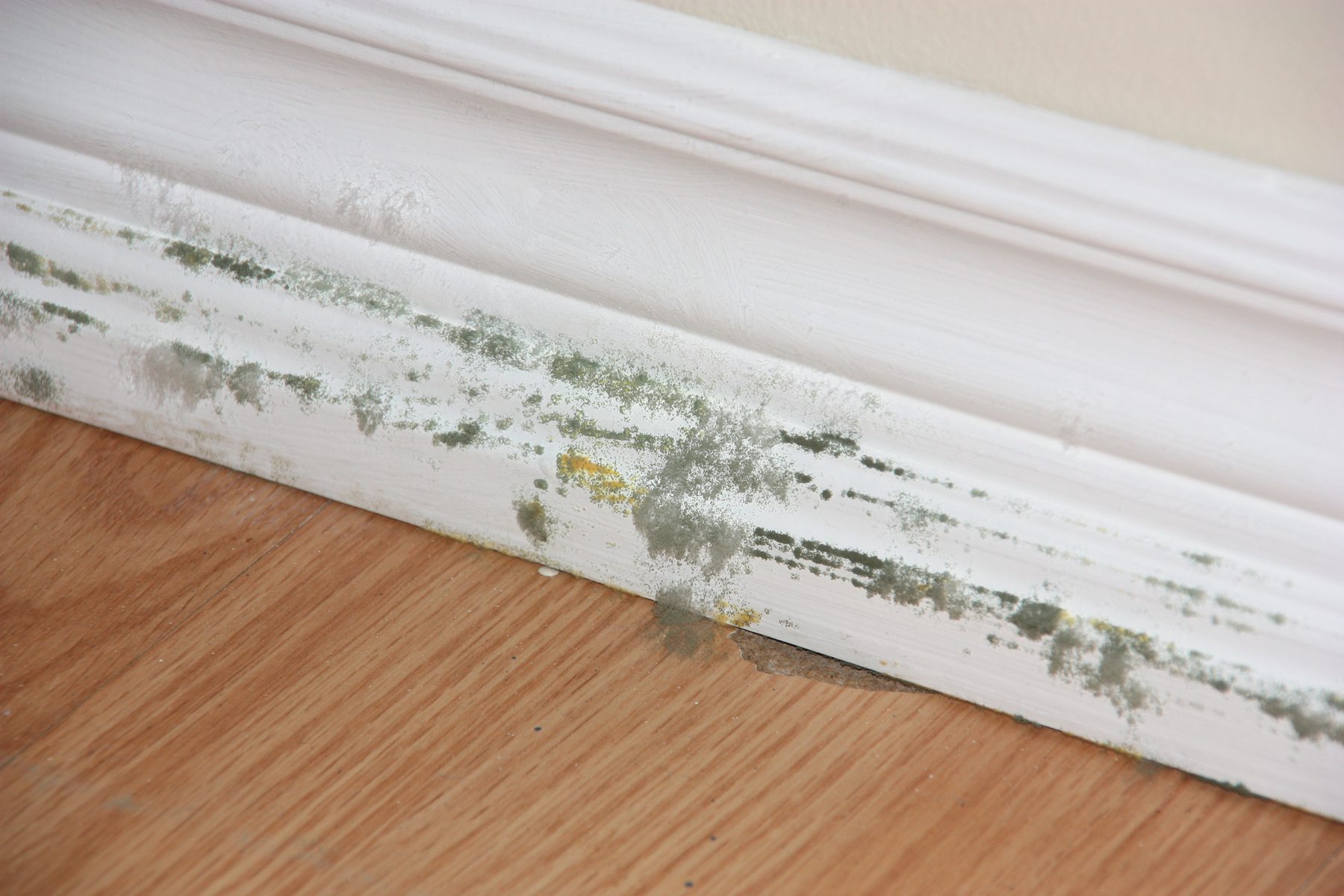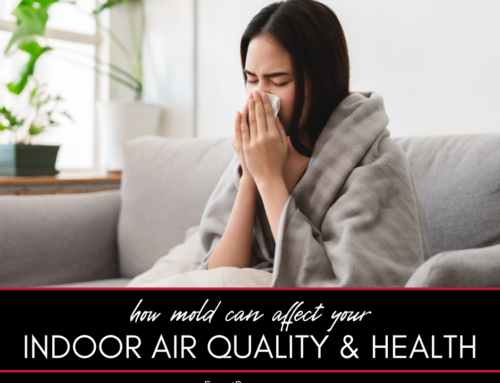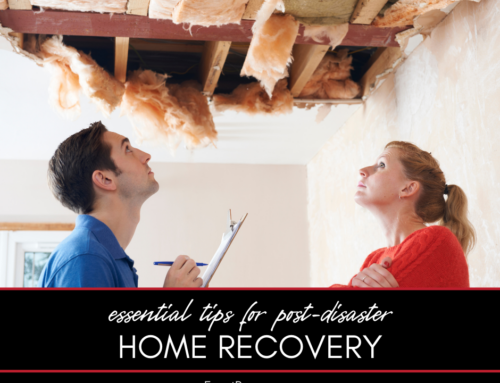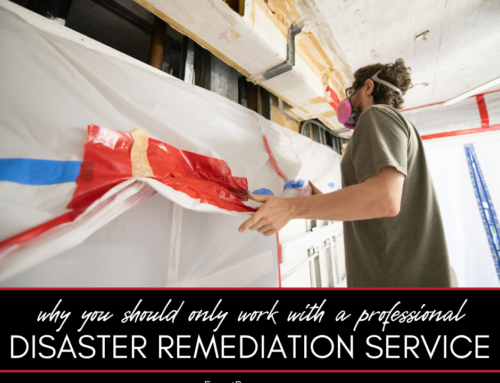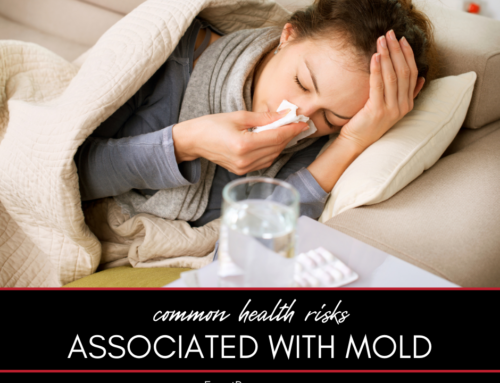If you’re like many people, you know that once mold starts growing, it’s tough to stop – but where does it grow best, and why?
Find out now.
Where Mold Grows Best
Mold grows best under warm, damp and humid conditions – and under those conditions, it can spread and reproduce by producing spores. Spores can survive under dry conditions, which don’t support mold growth, but when they find the right spot, they’ll thrive.
The places mold grows best include:
- Drywall walls and ceilings
- Air ducts
- Basements
Mold Growing on Drywall Walls and Ceilings
Drywall is high in cellulose, and mold thrives on cellulose. It can grown on, behind, or even in drywall, as well as behind wallpaper (glue often holds organic debris, which is a food source for mold).
Mold grows very well on drywall when other conditions are present, such as high humidity and condensation or water leaks. (When it’s on the ceiling, it’s most likely because you have a humidity or condensation issue, but it could also be because of a water leak or a number of other factors.)
How to Spot Mold Growing on Drywall Walls or Ceilings
Look for:
- Cracked, peeling paint
- Discoloration
- Bulging
- A moldy odor
- Allergic reactions
Mold Growing in Air Ducts
Dark and damp conditions in air ducts can create the perfect environment for mold. The problem is that when you turn on your HVAC system, you’re blowing spores all over the house – and some will inevitably land in a spot where conditions are perfect for mold growth.
How to Spot Mold Growing in Air Ducts
If you don’t look in your air ducts often, it may be a good idea to have them inspected. You may not even know it’s there unless you or your loved ones start experiencing physical symptoms, such as:
- Runny nose
- Red or irritated eyes
- Headaches
Mold Growing in Basements
Statistically, the area most likely to have mold growth in a home is the basement. That’s because it’s lower, damper and cooler (which causes condensation) than the rest of the house. Further complicating the issue is the darkness and poor ventilation – the perfect recipe for mold.
How to Spot Mold Growing in Basements
Look for:
- Cracked, peeling paint
- Discoloration
- Spores on the walls
- A moldy odor
- Allergic reactions
Do You Think You Have a Mold Issue in Ann Arbor?
If you suspect you have a mold problem in Ann Arbor or the surrounding communities, get in touch with a mold remediation expert today. Call us at 517-262-3770 or contact us online so we can schedule an appointment to analyze the situation right away.
Free Estimate
Call us today at 517-262-3770 or fill out the form below for a FREE In Home Estimate of your property’s condition and what it’ll take to restore it to a pre-loss condition.
"*" indicates required fields


